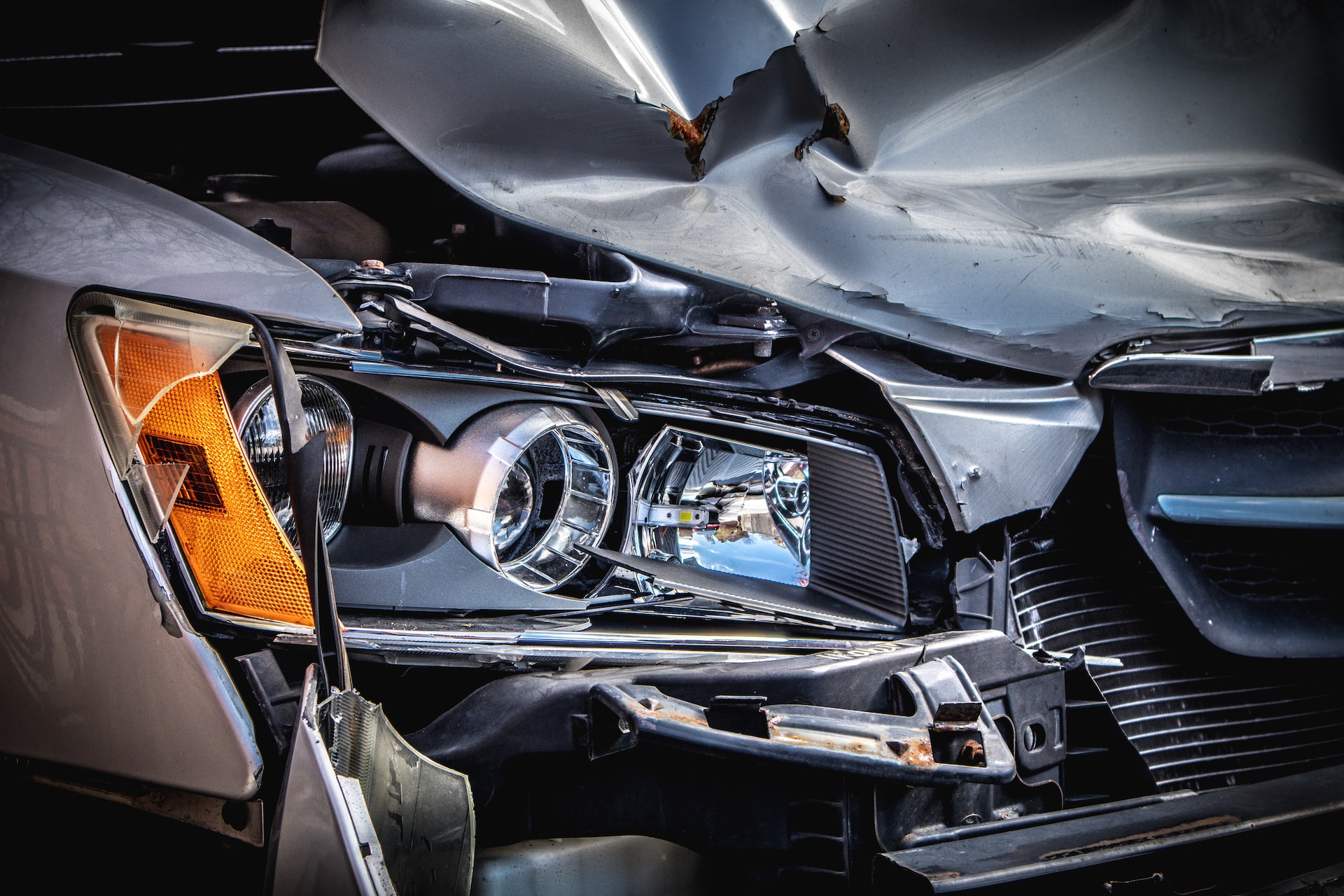
Determining who is at fault in a motor vehicle accident can be a complicated process. In some cases, it may be easy to identify the party at fault, but in others, the situation may be more complex. To decide, insurers and lawyers will often look at a variety of factors including the circumstances of the accident, the drivers involved, and any witness’s statements.
So, How is liability determined in a motor vehicle accident? This article will look at what is involved when insurers will look to decide and lawyers may fight for the opposite in the interest of their clients.
Laws of Fault
In motor vehicle accident cases, it is important to understand the laws of fault to determine liability. In many states, motor vehicle accidents are governed by a system of comparative negligence, which means that if multiple parties are at fault for an accident, each party is assigned a percentage of the blame and must contribute financially toward the damages sustained.
There can be mitigating circumstances, such as the weather which reduces visibility, but ultimately it is for the driver to take responsibility and keep their speeds down to allow for such things. If the rules of the highway code were not followed then this will impact a decision and move the blame towards those who did not follow what was law or a suggestion due to the type of road layout and the weather conditions. Stopping distances are stated for a reason and these should be seen to have been followed.
Deciding on the Proportion of Fault
The amount of fault assigned to each party is often based on the actions taken by the motor vehicle operators before, during, and after the accident. It is an assessment made by others whatever the actual drivers believe.
Footage such as from a dashcam will help, along with first-hand witness statements to support a particular driver’s argument. It is not always clear-cut who was to blame in an accident, which is why 50/50 can often be a conclusion reached by insurers. It becomes more complicated when there are multiple cars or vehicles involved.
For example, truck accidents will often involve more motorists. Someone has to decide who started an accident and whether the drivers involved took the necessary care to prevent their particular accident. Then this decision is there to be disputed. It is hard, however, to argue against an official road accident or police report.
Insurers and Lawyers
In most motor vehicle accident cases, insurers and lawyers will assess the circumstances surrounding an accident to determine who is at fault. Generally speaking, insurers are interested in determining if there was negligence involved in the motor vehicle accident and lawyers are responsible for making sure that their clients receive a fair settlement. It is important to note that insurers and lawyers may have different takes on determining who is at fault in motor vehicle accident cases.
We will value the help of an experienced motor accident lawyer when the insurer’s decision has not gone our way but we feel that we have been wronged. In other words, we believe that the other driver or drivers involved were at fault. The next part you have to do is filing your claim on time by hiring a legal expert for motorbike accident claims so you can get the case going.
Determining who is at fault in a vehicle accident of any kind can be challenging but understanding the laws of fault, assessing the proportion of fault, and engaging insurers and lawyers can help parties involved in motor vehicle accident cases resolve.
It is also important to seek professional legal advice if you have been involved in a motor vehicle accident. By understanding the laws about motor vehicle accidents, deciding who is at fault, and seeking legal assistance, you can ensure that your rights are respected and that you receive a fair settlement.

